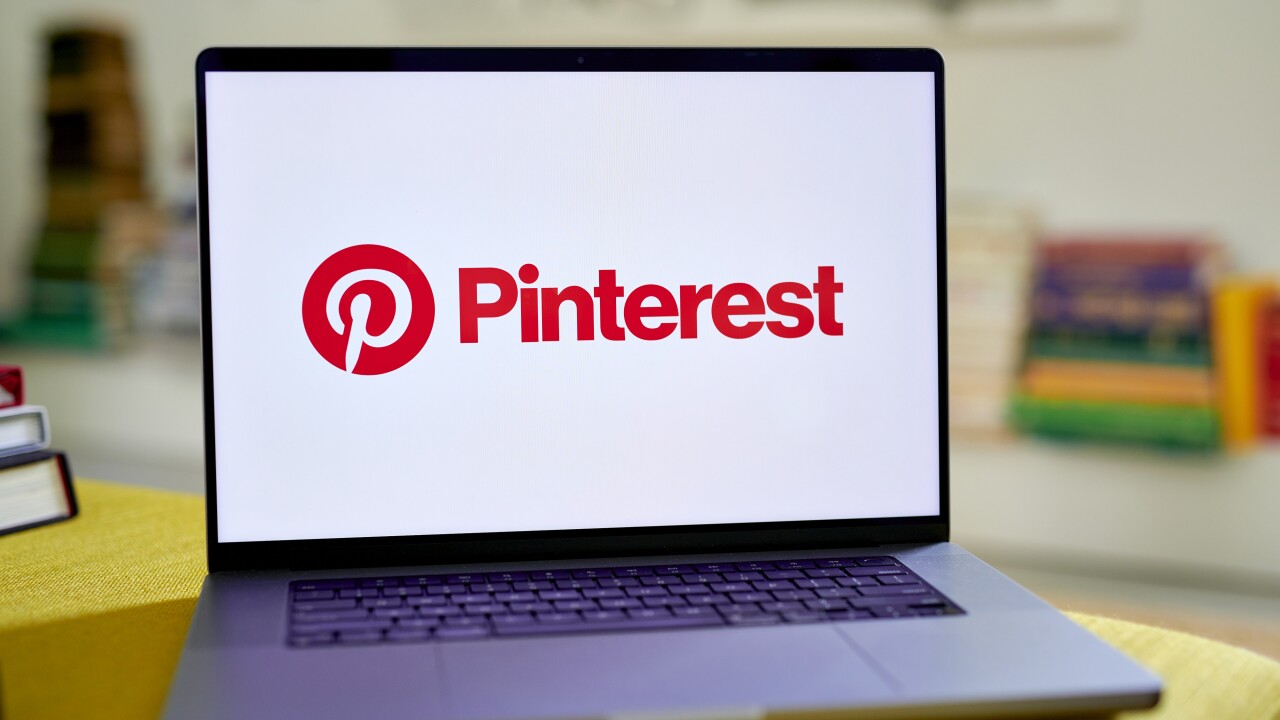Paid time off is meant to recharge employees, but professionals are
According to new research from global talent solutions provider Robert Walters, 74% of professionals feel anxious upon returning to work after PTO, with 66% admitting to checking emails while away to reduce the backlog they'll face upon return. Another 46% say they would relax more easily if their teams were also on leave, pointing to a
"Returning to work can trigger many anxieties for professionals, falling behind on important projects, missing major updates or even being handed much heavier workloads," Sean Puddle, managing director of Robert Walters North America, said in a release. "PTO should offer professionals a moment of relief and a chance to recharge — it shouldn't leave them feeling more stressed than before they left."
Read more:
The findings highlight a troubling pattern in today's workplace, as technology tools like Slack and Microsoft Teams, while helpful for collaboration, can blur the lines between work and rest. Nearly one-third (28%) of respondents
Only 22% of professionals report feeling refreshed after a vacation, with the rest citing anxieties about missed updates, heavier workloads, or lagging behind colleagues. Compounding the issue, nearly half of U.S. employees with paid leave don't even use all of it — often due to guilt, "vacation shaming," or fears about looking less committed, according to data from Pew Research.
To address PTO anxiety, some organizations have implemented "summer shutdowns," when entire businesses close for part of July or August. While more of a trend abroad, over half (53%) of U.S. professionals said they'd be interested in trying such a model, though 35% of employers worry about costs and disruption.
At beverage company Olipop, which already touts an unlimited PTO policy, CEO Ben Goodwin
"Americans are overworked, many are struggling with cash and we're all under a lot of stress as a country right now," Goodwin says. "You want your employee base to be seen and feel cared about by the company."
Read more:
Leaders can help staff optimize their PTO by encouraging teams to communicate their holiday schedules so everyone stays informed, while reinforcing that the amount of leave taken has no bearing on an employee's capability or commitment. Additionally, offering flexible leave arrangements tailored to individual needs can make it easier for staff to take meaningful breaks, and requiring thorough handovers before time off helps reduce the temptation to check in while away.
Above all, companies should strengthen their messaging around the right to switch off, making it clear that rest and recovery are valued.
"There isn't a one-size-fits-all solution for PTO or holiday policies," Puddle shared in the release. "Instead, strategies should be customized to prioritize employee well-being, engagement, and productivity."
How managers can set the example
While policy is important, culture often follows the leader's behavior. Managers can
Read more:
Avoiding after-hours or PTO-time communications unless absolutely necessary, and making it clear no response is expected if a message is sent, further protects employees' downtime. Celebrating PTO usage as a sign of healthy work-life balance — rather than silently tracking absences — helps reinforce that taking time away is a vital part of sustaining engagement and productivity.
"I don't think that as a leader you can just be maniacally focused on end point productivity if you aren't aware of the drivers [of burnout] and whether or not you're cultivating them," Olipop's Goodwin says.






